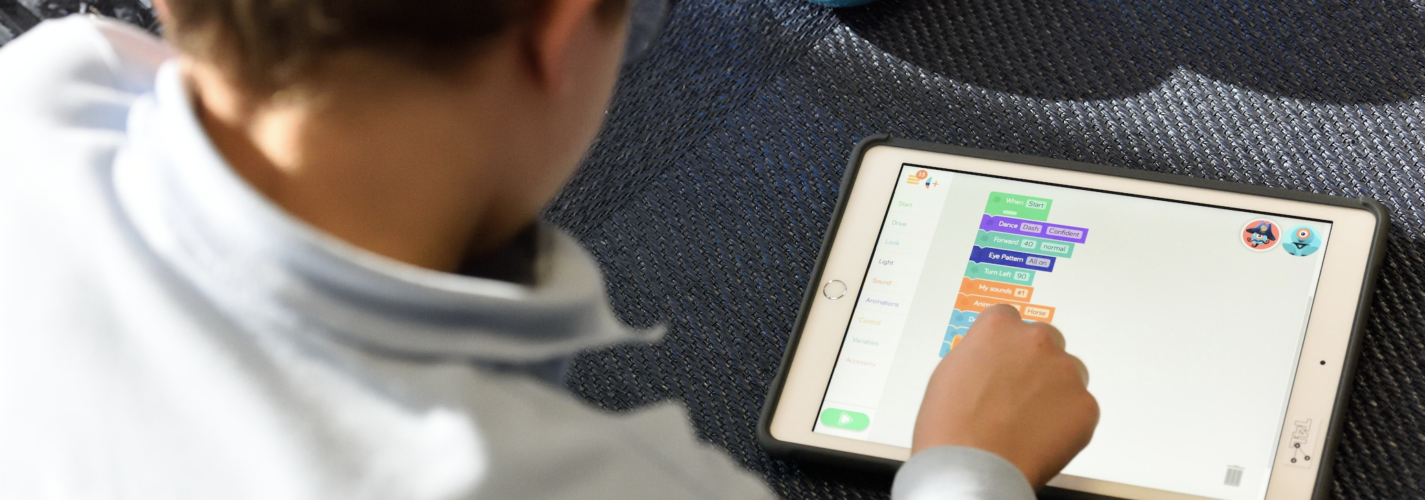Learning from National Innovators Part 4: Measuring and Addressing Learning Loss
By Krista Kaput
Recent data found that math achievement has declined from 5 to 10 percentile points, with reading outcomes staying relatively flat overall, but declining for Black and Latino students in the upper elementary grades. Given this, a wide range of experts from around the country recommend that districts and charter schools administer statewide diagnostic and standards-aligned assessments in order to gauge where students are academically, and then use the data to map out appropriate interventions and strategies to accelerate learning. Here, we highlight how states have invested their federal Coronavirus Aid, Relief, and Economic Security (CARES) Act money to measure and address learning loss and that Minnesota should learn from and consider implementing.
Standards-Aligned Progress Monitoring
In Florida, the state Department of Education partnered with their testing vendor to offer a new progress monitoring tool to help schools understand where students are performing relative to state standards. The assessment is free and voluntary for the 2020-21 academic year and can be administered remotely with immediate results. The goal is to provide districts with critical data to measure learning loss and then plan for recovery. The data won’t be used for accountability like typical state tests.
Digital Programs & Technology
Montana dedicated $230,000 to increase access to services through the state’s online learning program, the Montana Digital Academy—including expanded enrollment, remote proctoring, and more. Similarly, Mississippi indicated that they would use some of their CARES money to support the Department of Education’s five-stage technology plan, which includes expanding their capacity to measure student performance.
Supporting Early Literacy
Massachusetts allocated $10 million for early literacy programs that provide additional support to students in kindergarten through third grade. The programs are meant to address learning loss that students may have experienced since schools closed in March due to COVID-19, as well as accelerate the reading skills of historically underserved communities.
Providing Funds to Families
Oklahoma set aside $8 million for the “Bridge the Gap Digital Wallet” program, which provides $1,500 in grants to help low-income families purchase materials, supplies, and technology to ensure their children are equipped to succeed academically.
School Grants to Address Learning Loss
Some states have created grant programs so schools can ramp up services to address learning loss. Arizona invested $20 million in Acceleration Academy Grants, bringing in extra support for high-needs schools. Schools can use grants to fund extra math and reading specialists, paraprofessionals, or other supports for remediation and acceleration. New Jersey created a $2.5 million grant to address learning loss. These Addressing Student Learning Loss grants will be awarded to 16 districts to implement, scale-up, and enhance evidence-based interventions that accelerate students’ academic progress and reduce learning loss among New Jersey students resulting from school closures due to the COVID-19 pandemic.
Interventions to Remediate and Accelerate Learning
A few governors around the country have set aside funds for research-based interventions to address learning loss. Alabama dedicated $26 million to provide additional support to address achievement gaps and another $9 million for intensive before and after school tutoring.
Delaware dedicated some CARES money to help districts with programming that is meant to address learning loss, like additional tutoring, after-school programming, summer learning, and weekend academics.
More Federal Funds on the Way?
Federal legislators have been negotiating for months on an additional stimulus package that could infuse additional funds into schools, districts, and state education agencies. If and when this happens, Governor Walz and the Minnesota Department of Education should identify the top needs of local schools and traditionally underserved students now so that promising models like those outlined here can be implemented quickly. We have a long way to go in the recovery process and need to begin working now to ensure we have the right tools in place to measure and effectively address learning loss—from actionable standards-aligned assessments to targeted supports to accelerate learning.
Read previous pieces in the Learning from National Innovators series:
- Part 1: Educating Students Under COVID-19
- Part 2: Educating Students Under COVID-19
- Part 3: Educating Students During COVID-19

